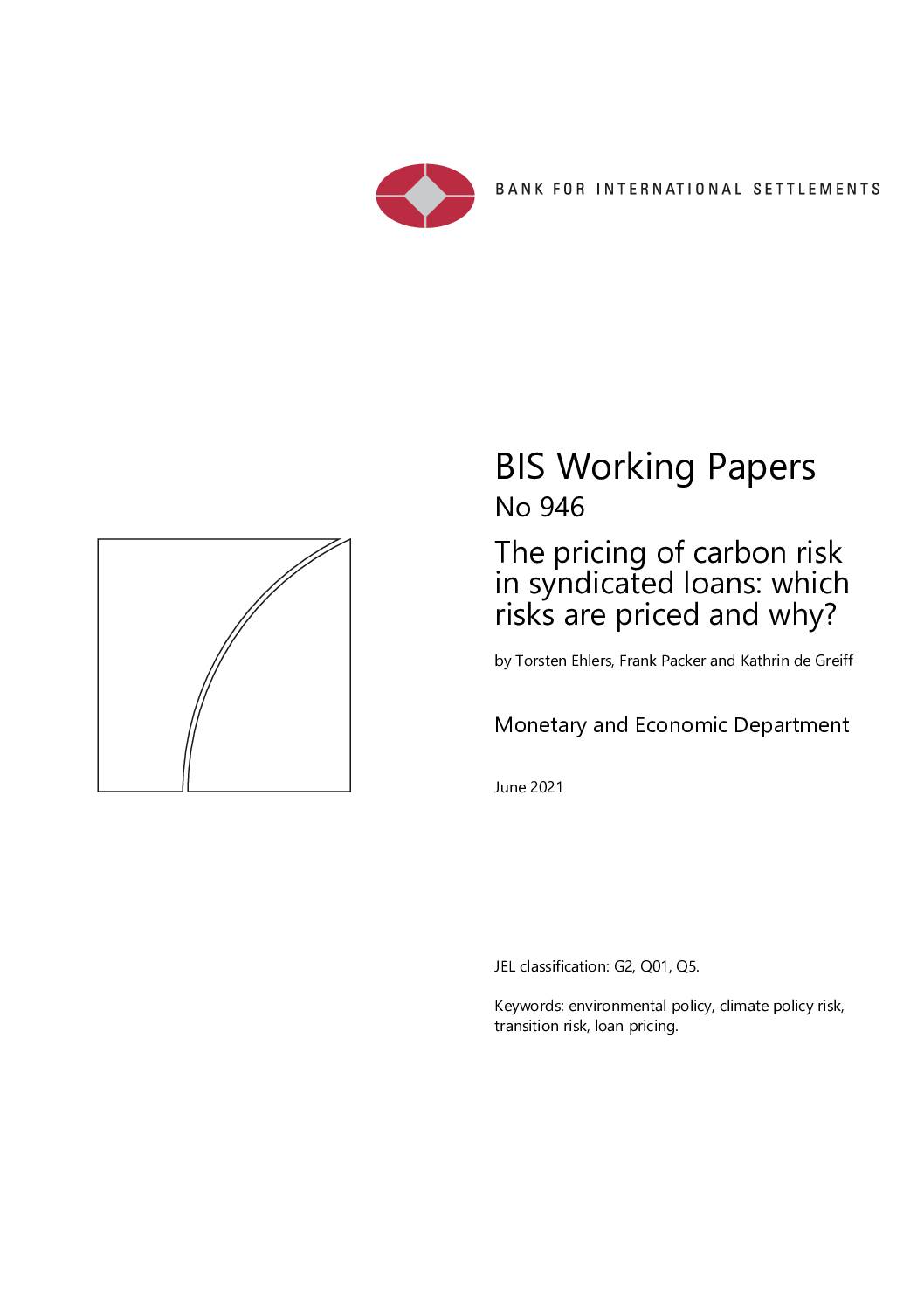Banks are increasingly monitoring and estimating the carbon intensity of syndicated loan deals on a inter and intra-industry basis. While they are consistently capturing scope 1 emissions, aggregate syndicated loan data indicates that conventional banks, green banks and de facto green banks may be underestimating transition risk. While conventional and green banks exhibit similar carbon intensity measurement and pricing methodologies they face the risk of stranded assets if those methodologies do not capture the entire carbon footprint at a loan and portfolio level, according to the Bank for International Settlements (‘BIS’).
Link to resource Download sourceShare this

Sectors: Buildings, Cross cutting
Country / Region: Europe
Tags: Banks, carbon, carbon footprint, citizens, direct emissions, emissions, green banks, Industry Regulators, Institutional Investors, loans, monitoring, National Regulators, pricing methodologies, risks, stranded assets, Supranational RegulatorsIn 5 user collections: Green Home Investment Platform – Industry Regulators , Green Home Investment Platform – National Regulators , Green Home Investment Platform – Supranational Regulators , Green Home Investment Platform – Institutional Investors , Green Home Investment Platform – Banks
Knowledge Object: Web Resource
Author: Ehlers, Torsten; Packer, Frank; de Greiff, Kathrin
